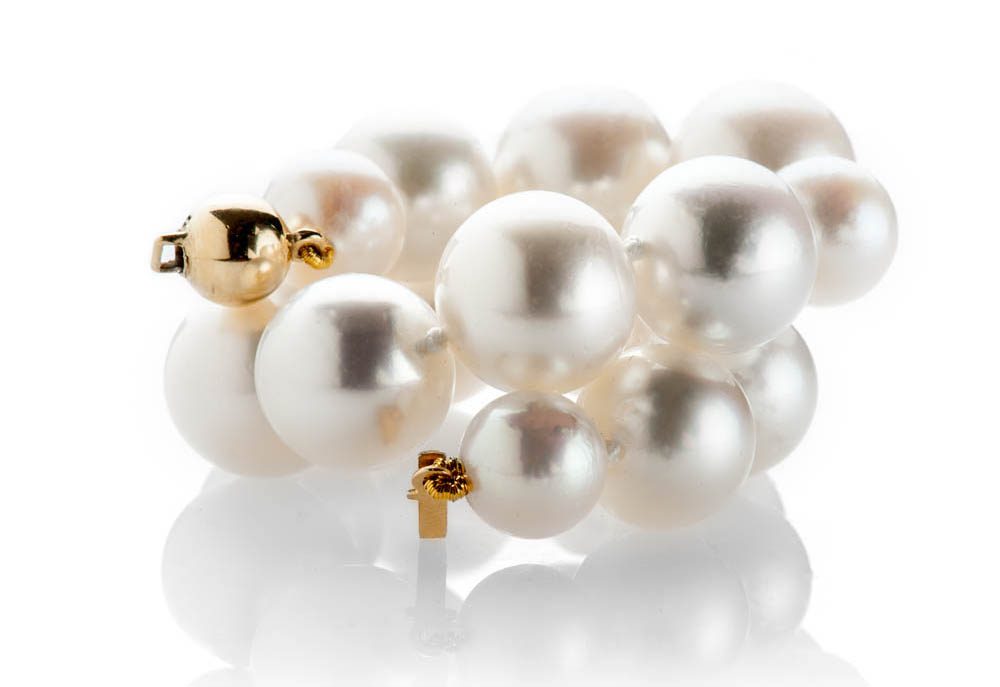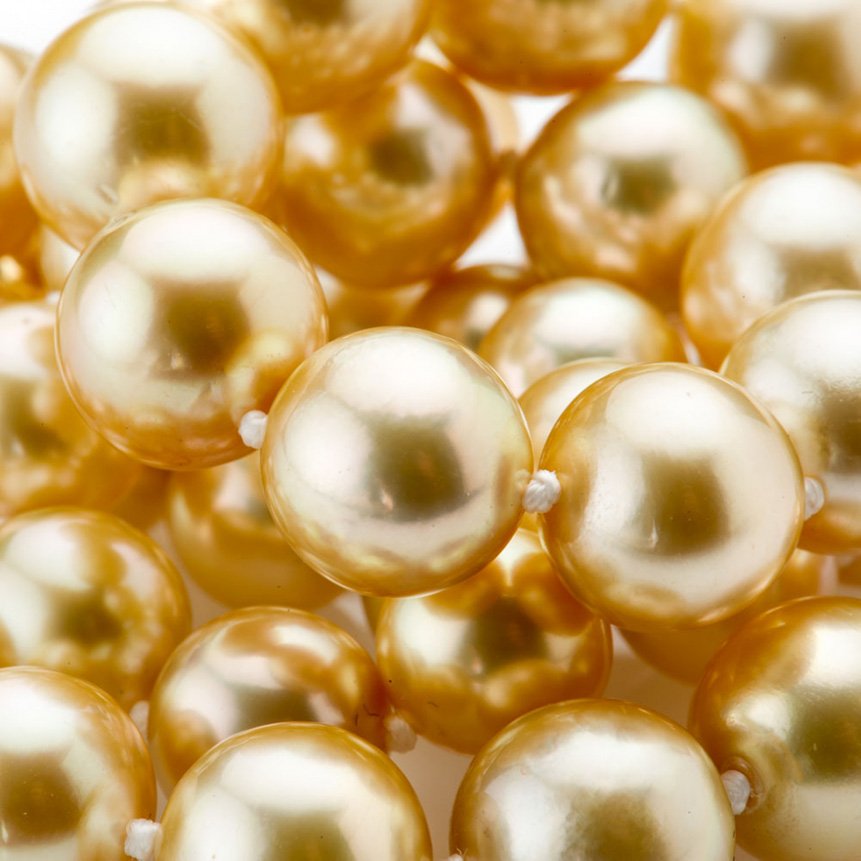Rarer than Gold! Why fine pearls have such a high value?
Rarer than Gold! Why fine pearls have such a high value?
Since the late 1800s it has been possible to grow pearls in oyster farms after Japanese entrepreneur Mikimoto Kokichi created the world’s first cultured pearl in 1893.
Over a relatively short time this revolutionised the jewellery industry and made pearls much more accessible, yet while high quality spherical pearls had been a rare occurrence in nature, even after the introduction of cultured pearls there are still pearls with qualities which are extremely valuable.
So if pearls can be grown more easily now why are some so valuable?

All pearls are valued according to a standard set out by the GIA (Gemmological Institute of America) which it developed over a 60-year period of pearl research.
The GIA, established in 1931, is considered worldwide as the leading authority in gemmology. The GIA 7 Pearl Value Factors™ provide a way to evaluate all pearls based on Size, Shape, Colour, Nacre, Lustre, Surface and matching.
You can read a full article about these standards here: What determines the value of a pearl?
Essentially the better a pearl scores for these 7 standards the higher in value it is and the more complex it was to produce.
Some of the world’s most expensive pearls are so notoriously difficult to successfully produce and harvest that they are ‘rarer than gold’.
South Sea Pearls
The Golden South Sea pearl is the rarest pearl grown in the world today, farmed in secret locations off the coastline of the Philippines. Here water temperatures and nutrients combine to allow the gold lipped oyster to grow in near perfect conditions and create some of the world’s largest pearls.
However only a very small number of these oysters have the recessive gene necessary to grow gold pearls and only a small fraction of these are perfectly spherical.
Combine these limiting factors with a number of other difficulties faced by pearl farmers and it is not hard to understand why these fragile natural beauties are so rare. An increase in the number of typhoons as a result of climate change, pollutants entering the ocean through farming methods and the poisoning of coral reefs by fishermen who use cyanide to anaesthetise fish have exacerbated the obstacles in recent years sometimes destroying oyster beds entirely along with years of the slow growing required by these larger pearls.
While the story may seem negative the value in such beauty is wholly just and means that the value of existing fine pearl jewellery should only rise as supply becomes more difficult.

If you have any questions relating to the value, safe keeping or care of your jewellery please do not hesitate to contact us at heidi@heidikjeldsen.co.uk or 01572 722666
